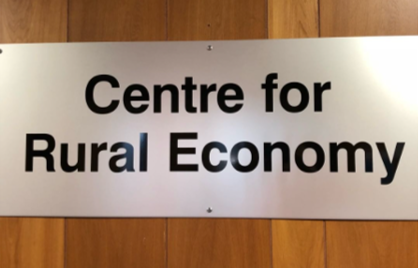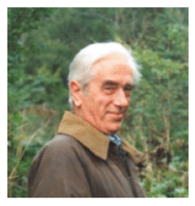Following on from the introduction to how the Centre for Rural Economy (CRE) came into existence, Professor Christopher Ritson takes a look at the Faculty of Agriculture at Newcastle 50 years ago and comments on some of the main things which have changed since then.
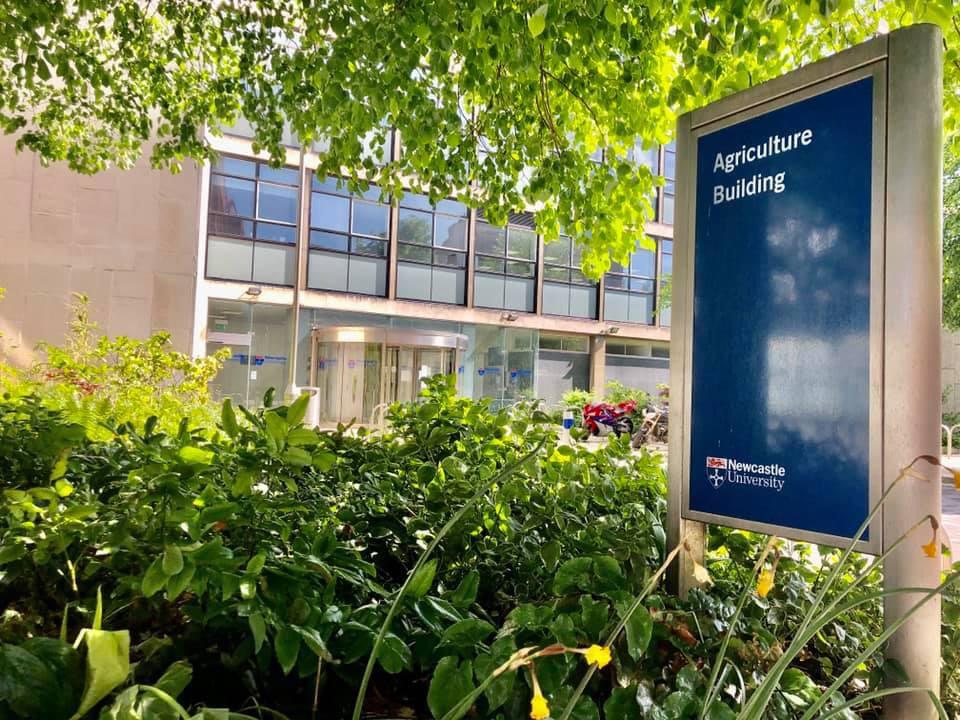
Have you ever wondered why our building has an eighth floor, like a set of portacabins stuck on a flat roof?
Before I tell you, it is necessary to state that Part II of this blog comes with a health warning. To the best of my knowledge, Part I was an accurate, mainly factual, account of the evolution at Newcastle of social science related to agriculture, food and the rural economy in the 25 years prior to the establishment of the CRE. Part II draws on my experience as a Research Associate in the Agricultural Adjustment Unit (AAU) for one year, 1968/1969. It is based on ‘things I was told’ then, and also when I had returned to Newcastle as Head of the Agricultural Marketing Department ten years later. It contains some ‘conjecture’ on my part!
The Eighth Floor
The Agriculture Building, designed in the 1950s for the Faculty of Agriculture at King’s College, is a classic example of soulless post- war British architecture. The Faculty consisted of seven departments – so, one floor for each department? Well, not quite. Agricultural Engineering occupied the Porter Building at the bottom of St Thomas Street, but otherwise it was Agriculture on floor 1; Agricultural Economics on 2; Agricultural Zoology and Plant Science (subsequently merged as Agricultural Biology) on 3 and 4; Soil Science on 5; and Agricultural Biochemistry on 6. Floor 7 was common user labs. Thus when the Ministry of Agriculture funded the addition of an eighth department, some extra accommodation had to be added on the roof. That is where the Department of Agricultural Marketing was located until the Faculty expanded during the 1980s into the vacated Old Medical School building across the road.
The eighth floor also contained a glass “Insect House” at the south end, so marketing staff in need of a break could go onto the roof and watch the locusts flying around. The Insect House was not the only wildlife kept in the Agriculture Building. If you left the building via the basement then you would usually hear a few “Baa’s” on your way out, from the sheep kept there.
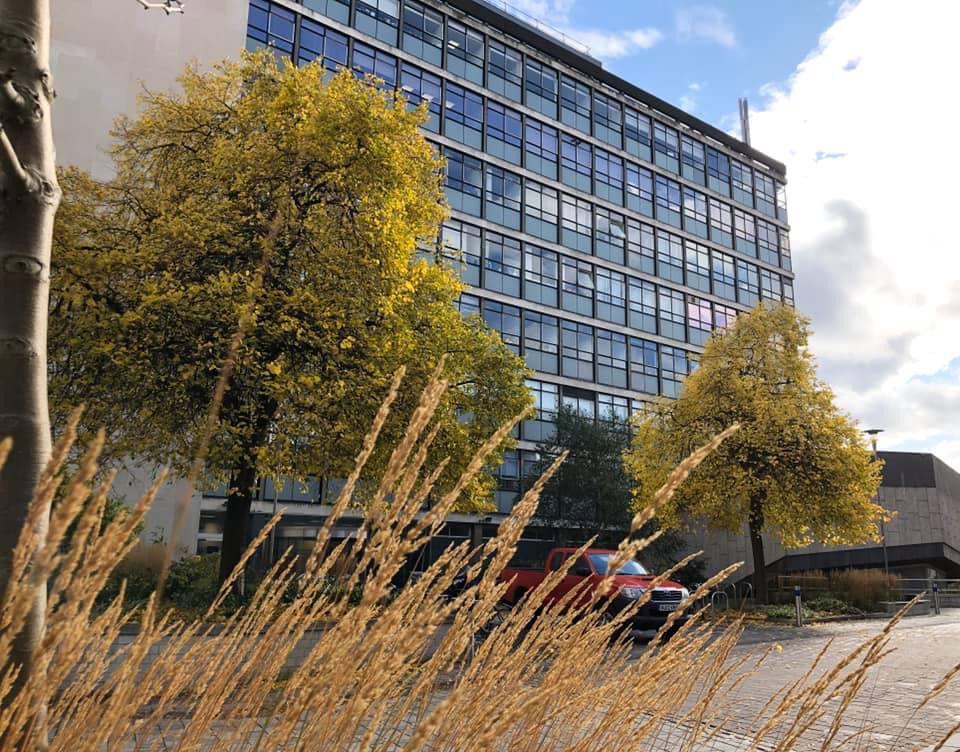
Two new professors
Having 6-8 small departments of roughly equal size in each faculty was typical of the University structure at that time. Each department would have an “Established” named Chair, and “The Professor” was usually also the Head of Department. However, in 1960 there was no Professor of Agricultural Economics at Newcastle. So how did a nondescript backwater of the subject acquire two of them and large injections of funding to develop Agricultural Marketing and the AAU? Elsewhere in the country, agricultural economics was characterized by a small number of high-profile individuals who dominated their own local territory. So, ‘what I was told’ is that Agricultural marketing was first offered by the Ministry to another English university, but the incumbent professor there turned it down, because it would lead to ‘divide and rule’. Thus, the lack of a dominant figure who might feel threatened by a second Chair was instrumental in Newcastle being chosen.
There were two attempts at filling the new Chair in Agricultural Marketing, and eventually, the head of Agricultural Economics, Mark Carpenter, was appointed. The Ministry representative on the Selection Committee was their deputy head of Economics, John Ashton, and he persuaded King’s College that what they really needed was a Professor of Agricultural Economics as well, and that he was the man for the job. The status of a professor at that time is evidenced by the fact that John Ashton had written into his appointment that the Chair in Agricultural Economics would be “the Senior Chair in this area”. Soon after his appointment, John Ashton met the representative from the Kellogg Foundation (who was in search of a suitable location in Europe to promote agricultural adjustment) at King’s Cross. By the time the train reached Newcastle Central Station, the whole thing was sorted (doubtless with a degree of assistance from the buffet bar).
Experience as a Research Associate
The AAU was a very fertile place for a young researcher to learn his trade. There was a variety of projects to work on, and excellent guidance from senior staff. One who was particularly supportive of me was a retired Australian trade diplomat, Frank Grogan. He had the capacity to incorporate the word ‘bloody’ into nearly every sentence. The one that has always stuck in my mind was his subtle refinement of Ricardian trade theory into ‘Comparative Bloody Advantage’.
One piece of work that I was given concerned a survey of Northern dairy farms commissioned by the Ministry in which the usual summary tables did not really tell you anything. John Ashton asked if I could (what would now be described as) ‘sex it up’ a bit with some quantitative analysis. Quantitative analysis then involved putting data on to a set of punch cards, taking them to ‘The University Computer’, and returning the following day to collect the printout. The data set was remarkable in that nothing seemed to be related to anything else, no matter how rational the hypothesis – e.g. economies of scale. But then I had a eureka moment when the printout came back with a fantastic R2; until, that is, I realized I had managed to put the same variable on both sides of the equation.
Back to the eighth floor
The staff complement for the Department of Agricultural Marketing consisted of a professor, six lecturers, a demonstrator (teaching assistant), a computational officer, two clerical staff (typists), and a butcher, Ken (not joking). Ken had been employed given the departments intitial research having been commissioned by the Meat and Livestock Commission on consumer attitudes within the red meat sector. One evening Ken worried that he had left the oven on in the meat laboratory (kitchen) on the eighth floor. He telephoned University Security and asked them to check. Half an hour later the security officer telephoned back and said he was sorry, but the Agriculture Building did not have an eighth floor. (He believed the lift!)
For the Agricultural Marketing department, at first, the working week included Saturday morning. (probablya legacy of its Ministry funding, and not a University-wide practice). On Saturday mornings, Mark Carpenter would stroll round the roof to look in every office window to check that all were present. Once he observed one of the lecturers, David Lesser, with his feet up reading The Times, and told him subsequently that he was not there “to educate himself”. For most staff, working on the eighth floor on Saturday mornings was viewed mainly as an overture to The Hotspur at lunch time. This requirement to work on Saturday mornings did not last long, though the Hotspur tradition lived on for more many more years.
Plus Ça Change
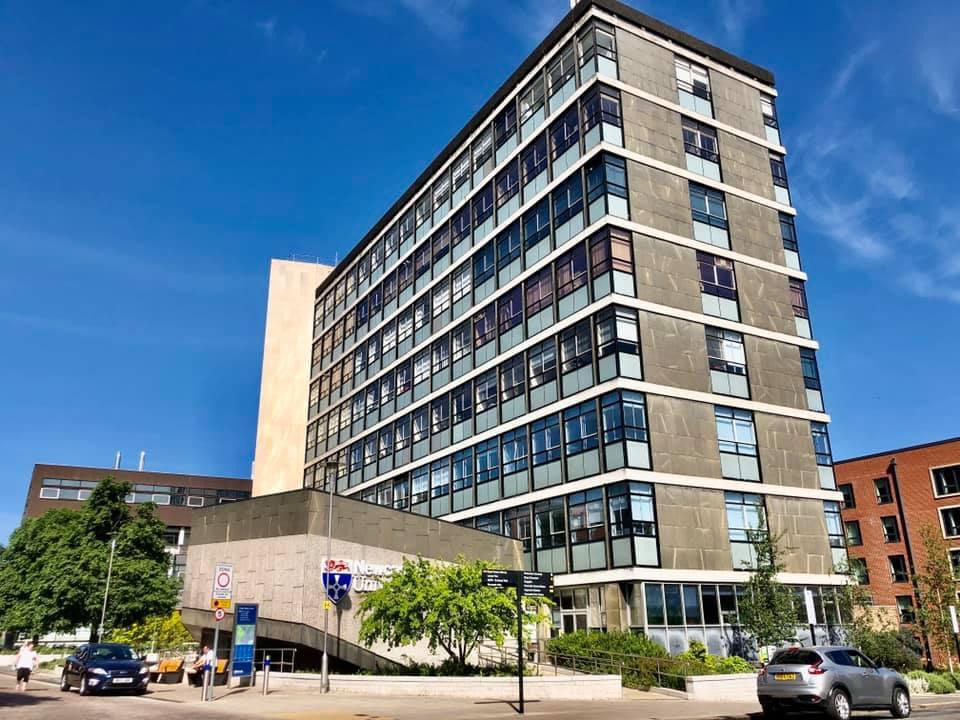
So, “things were different in them days”. What stands out was the university structure of many small departments, in faculties not much bigger than today’s Schools. (Large Schools of course then have to create divisions with ‘line managers’, a bit like the old departments.) There were few professors, and virtually all occupied ‘Established Chairs’. Promotion to Professor almost always meant moving to a different university. This was the case for Ken Thompson, Alan Buckwell, and David Harvey (as I mentioned in Part I), and indeed also for me.
One other major difference occurred to me while writing this. During my first few years in the agricultural marketing department, the degree of Agricultural and Food Marketing had an annual intake of 50-55 students, which was very large for a small department. Of those who reached graduation, typically, 30% would be awarded an upper second, 60% a lower second and 10% a Third. Every other year or so, a First Class degree would be awarded to an outstanding student (a different ratio to today’s intake).
One of the merits of a small department, with perhaps just a single degree programme, was the sense of identity and community spirit it gave to both staff and students. This is lacking in large Schools. Alumni from 40 years ago have no idea to which bit of the current university they relate. However, I think the CRE, at least for staff and research students, has recreated this lost sense of identity – of belonging to something – of a community of like-minded individuals with similar interests. Let us hope they do not now decide to merge the CRE with something else, to create “a larger more efficient” unit.

